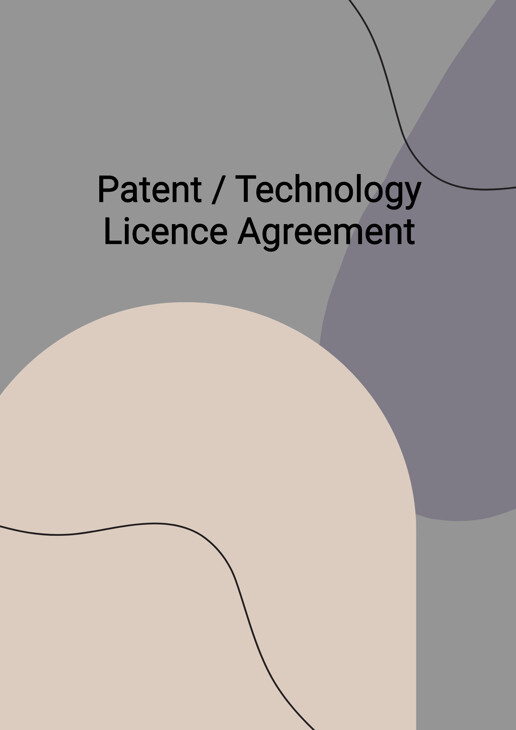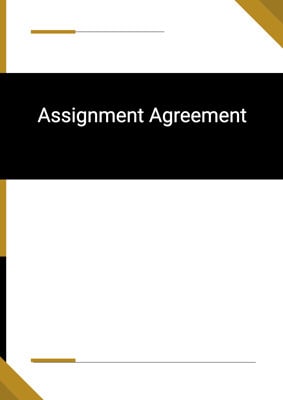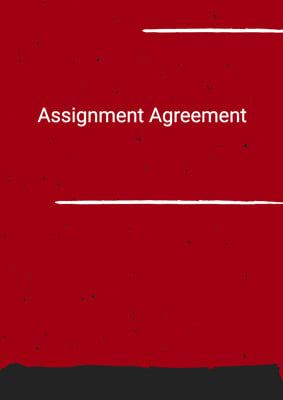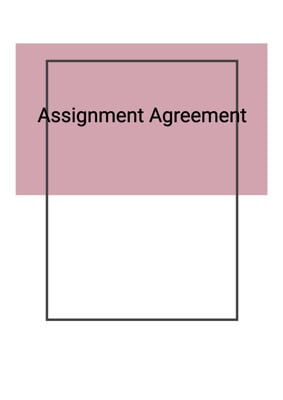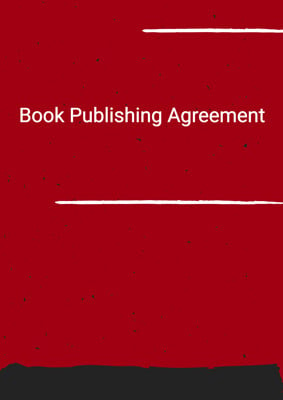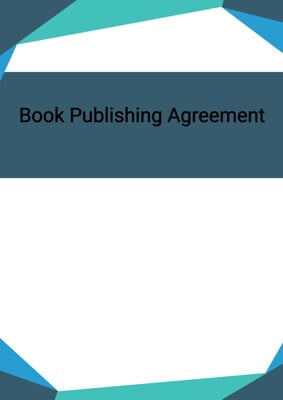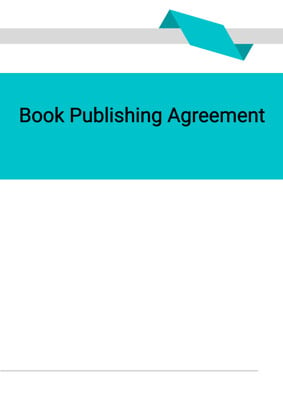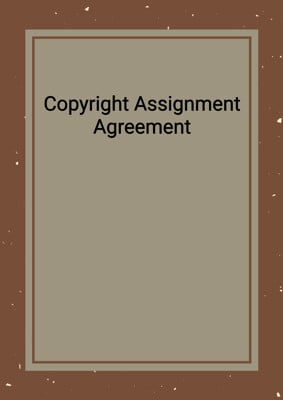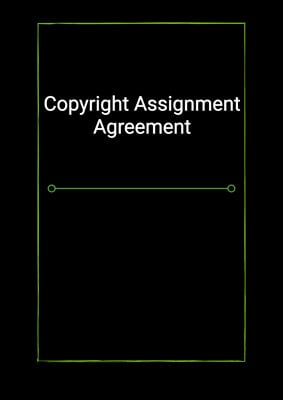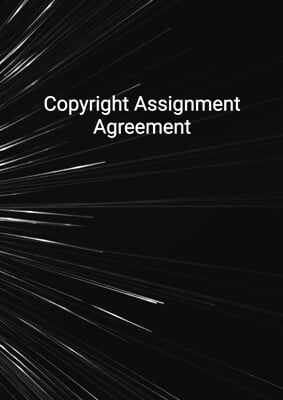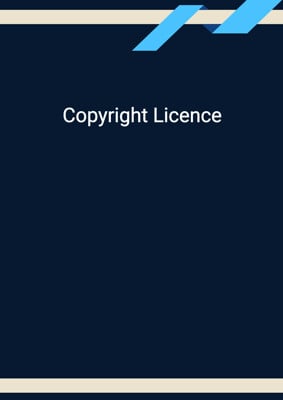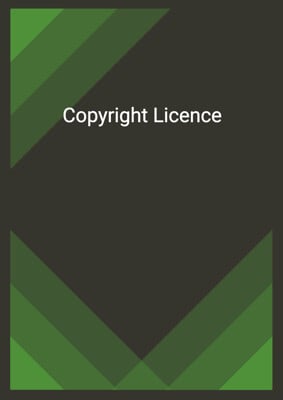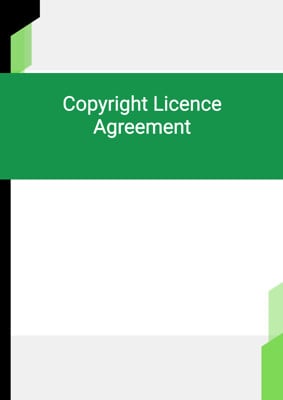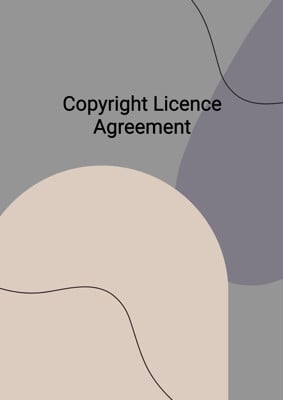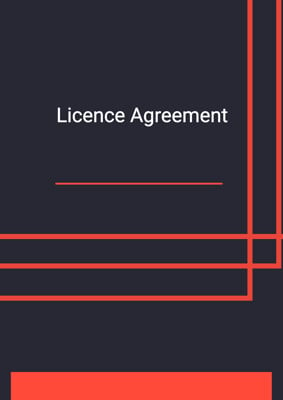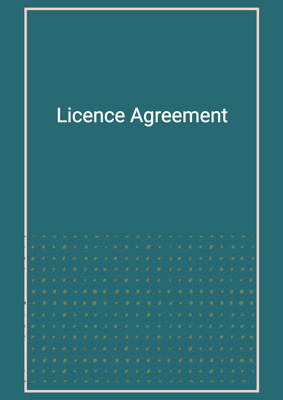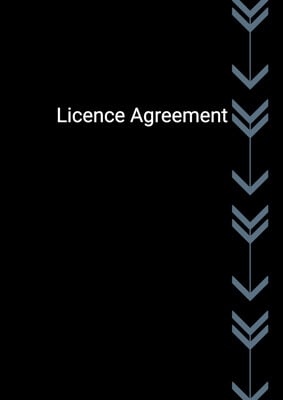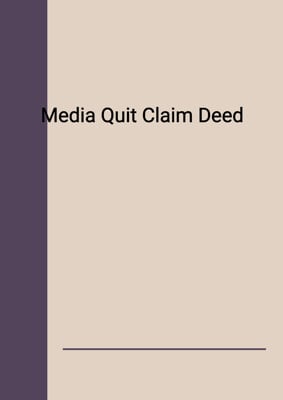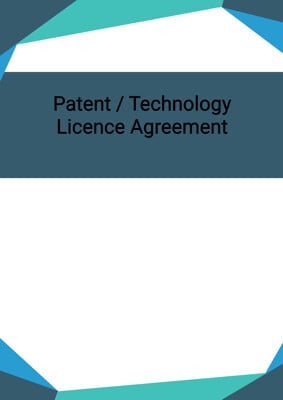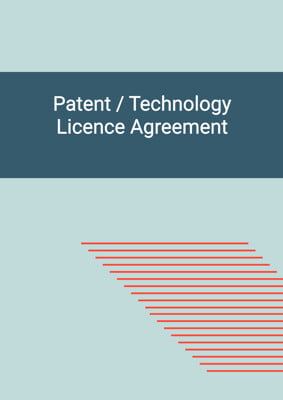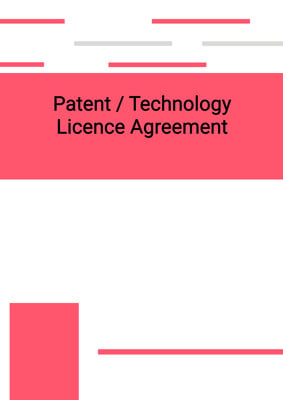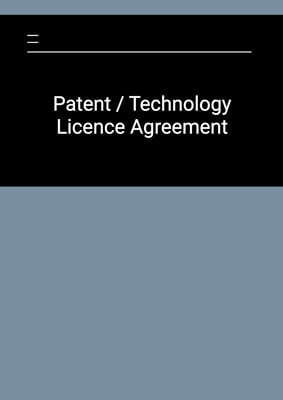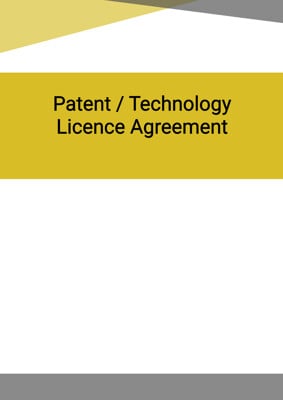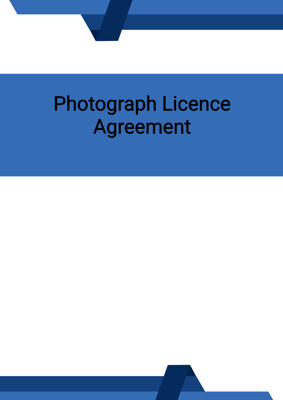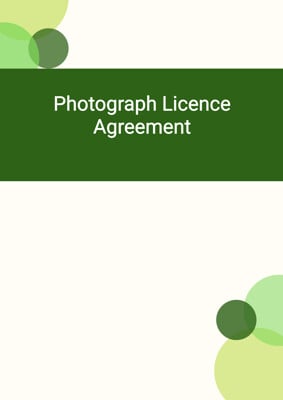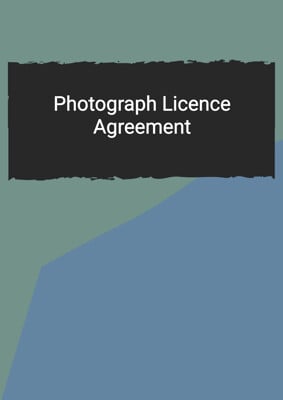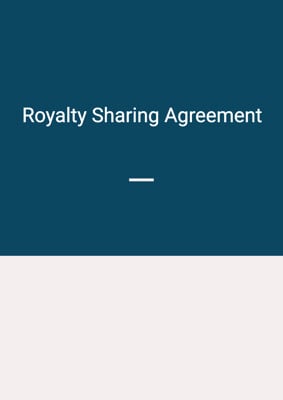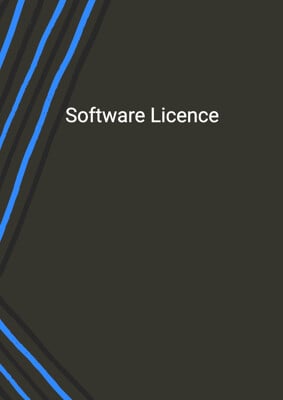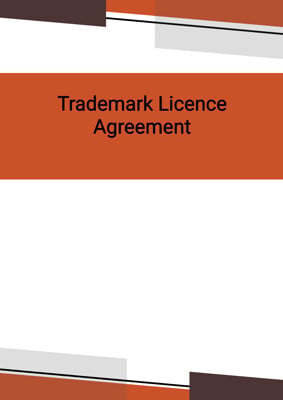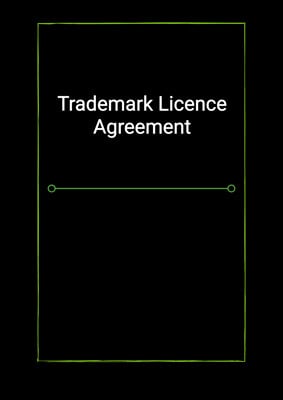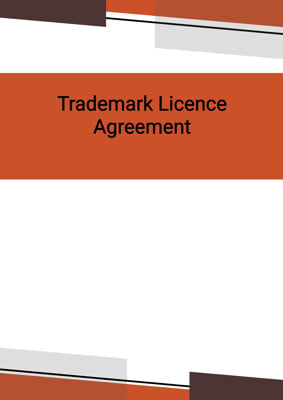How to Tailor the Document for Your Need?
01
Create Document
Fill in the details of the parties. You can click the "Fill with Member’s Information" button to complete it with information saved to your account.
02
Fill Information
Please fill in any additional information by following the step-by-step guide on the left hand side of the preview document and click the "Next" button.
03
Get Document
When you are done, click the "Get Document" button and you can download the document in Word or PDF format.
04
Review Document
Please get all parties to review the document carefully and make any final modifications to ensure that the details are correct before signing the document.
Document Preview
Document Description
This Patent/Technology Licence Agreement is a legal document that grants the licensee the rights to certain intellectual property relating to an invention. The agreement is entered into between the licensor and the licensee, who wish to develop and commercialize the technology in a specific field or throughout the world. The licensor agrees to license the licensed intellectual property to the licensee on the terms and conditions of this agreement.
The agreement begins with definitions of key terms used throughout the document. It defines the commencement date, confidential information, force majeure, intellectual property, technology, licensed intellectual property, licensed field, licensed products, net sales revenue, net sub-licence payments, patents, quarterly, royalties, territory, and upfront fee.
The interpretation clause clarifies that clause headings are for reference purposes only and do not affect the interpretation or construction of the agreement. It also states that any reference to an enactment includes reference to it as already amended and any future re-enactment or amendment.
The license clause grants the licensee a non-transferable exclusive or non-exclusive license to develop and commercialize the licensed intellectual property in the licensed field. The licensee is also granted the right to sub-license the licensed intellectual property with certain conditions.
Conditions of use require the licensee to use the licensed intellectual property only in relation to licensed products that conform to reasonable standards of quality. The licensed products must also comply with any applicable statutory or regulatory requirements and must not be defective or constructed of dangerous materials.
The improvements clause outlines the ownership and rights to improvements made to the technology or the licensed intellectual property. Improvements made by the licensor automatically become part of the licensed intellectual property, while improvements made by the licensee are owned exclusively by the licensee.
The disclosure of licensed intellectual property clause requires the licensor to promptly disclose the licensed intellectual property to the licensee and provide necessary assistance in the transfer of technology. The licensee must not publish or disclose any article or material that may prejudice the licensor's ownership or licensed interests in the intellectual property without prior written consent.
The patent protection clause covers the prosecution and maintenance of patents. The licensor must take reasonable steps to procure acceptance of patent applications and consult with the licensee. The licensee must provide necessary information and assistance. The licensor may determine the filing strategy for patents, and the licensee must bear the costs of obtaining and maintaining patent protection.
The clause also addresses patent infringement, third-party claims, and the validity of licensed intellectual property. Both parties must advise each other of any suspected or actual infringement, challenges to validity, or claims by third parties. The licensee has the right to enforce the patents, and the licensor must provide reasonable assistance. The licensee must not challenge the validity of the licensed intellectual property during the term of the agreement.
The licensed fees and royalties clause specifies the royalties payable by the licensee to the licensor and the upfront fee payable upon execution of the agreement. The licensee must pay royalties and net sub-licence payments within specified timeframes. The clause also addresses the determination of royalties for products sold under non-arm's length transactions and the payment of taxes.
The records, inspections, and statements clause requires the licensee to keep detailed records and books of account showing the quantity, description, and value of licensed products supplied. The licensee must make these records available for inspection by an independent professional accountant appointed by the licensor. The licensor is entitled to inspect the records twice a year.
The performance of obligations clause requires the licensee to commit necessary resources to diligently pursue the development and commercialization of the technology and licensed intellectual property. The licensee must provide an annual progress report to the licensor. Failure to comply may result in termination of the license.
The research and development clause states that any additional collaborative research or assistance commissioned by the licensee will be governed by a separate research agreement. The parties agree to negotiate in good faith for a collaborative research arrangement.
The indemnities clause requires the licensee to indemnify the licensor against loss and damage arising from the development, commercialization, or use of the licensed intellectual property or licensed products. The licensor must indemnify the licensee for any breach of warranties.
The warranties clause includes warranties from each party regarding their authority to enter into the agreement and compliance with laws and obligations. The licensor warrants its ownership and right to grant the license, absence of challenges to ownership or validity, and disclosure of relevant data and information. The licensee warrants its own investigations and capacity to comply with obligations.
The termination clause specifies the commencement and end dates of the agreement, which may be a fixed term or a continuing term. The agreement terminates automatically on the end date or may be terminated earlier in accordance with the agreement.
How to use this document?
1. Review the definitions section to understand key terms used throughout the agreement.
2. Determine whether the license granted is exclusive or non-exclusive and the scope of the licensed field.
3. Understand the conditions of use, including the quality standards and compliance requirements for licensed products.
4. Familiarize yourself with the improvements clause and the ownership and rights to improvements made to the licensed intellectual property.
5. Ensure compliance with the disclosure of licensed intellectual property clause, including obtaining consent before publishing or disclosing any article or material.
6. Review the patent protection clause and understand the licensor's responsibilities for patent applications and maintenance.
7. Be aware of the licensee's rights and obligations regarding patent infringement and third-party claims.
8. Understand the royalties and fees payable by the licensee, including the upfront fee and the calculation of royalties.
9. Keep detailed records and books of account as required by the agreement and make them available for inspection.
10. Commit necessary resources to diligently pursue the development and commercialization of the licensed intellectual property.
11. Consider entering into a separate research agreement for additional collaborative research.
12. Understand the indemnities and warranties provided by each party and ensure compliance with obligations.
13. Be aware of the termination provisions and the circumstances under which the agreement may be terminated.
14. Seek legal advice if needed to fully understand the rights, obligations, and implications of the agreement.
Not the right document?
Don’t worry, we have thousands of documents for you to choose from:
